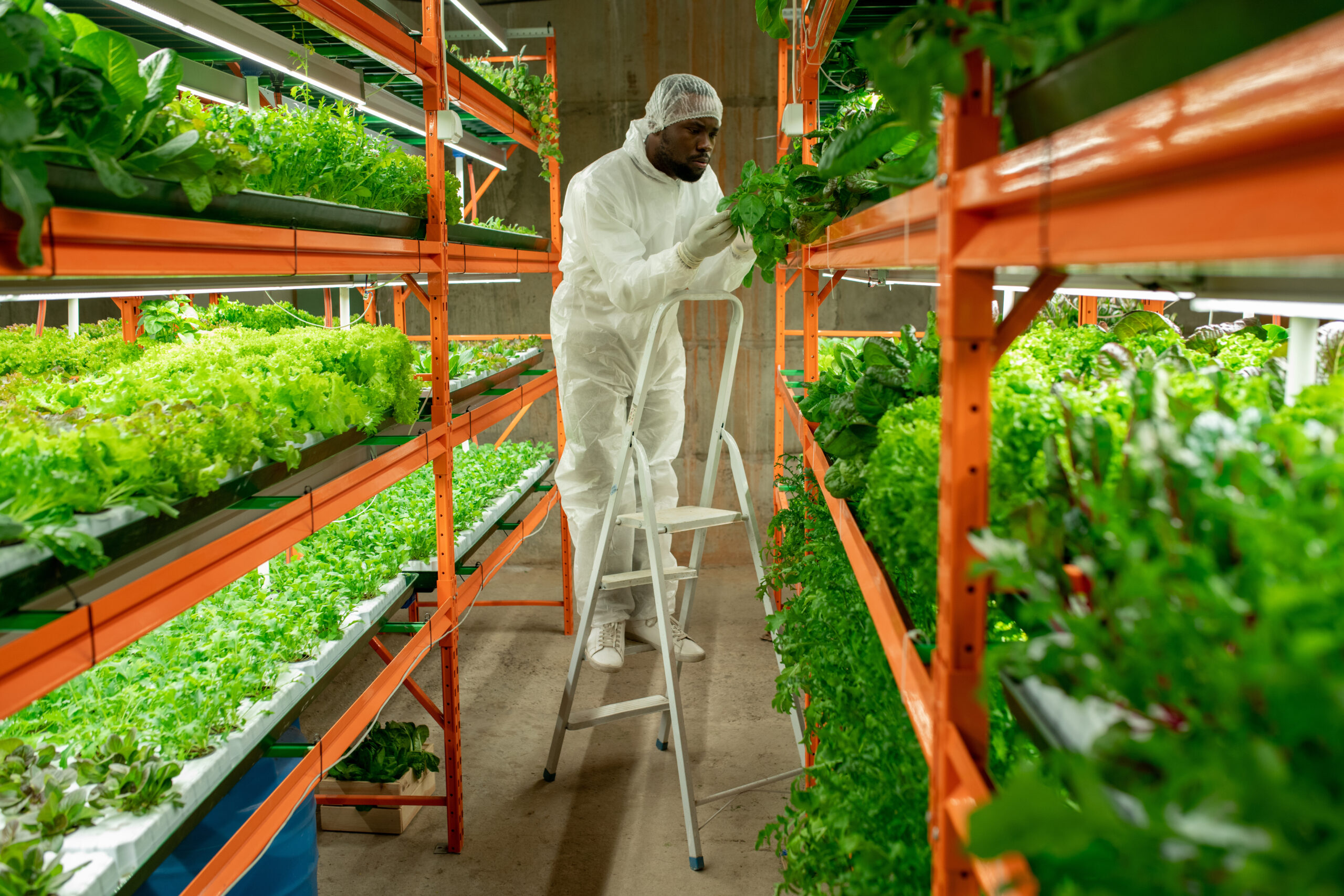A lot of people think access to fresh food is a given. But in many neighborhoods across America, it’s not. I live in Fort Worth, Texas, and I’ve seen it firsthand. There are entire parts of the city where you can’t find a single grocery store within walking distance. Fast food chains are everywhere, but good, healthy produce? Nowhere in sight.
These areas are known as food deserts—places where residents have limited access to affordable and nutritious food. They exist in rural towns, inner cities, and even in the middle of suburban sprawl. The problem is national, but the solution doesn’t have to come from Washington or Wall Street. I believe one of the most powerful tools we have to fight this issue is right in our own backyards—literally.
Vertical farming, especially aeroponic systems like the ones I’ve been working on, offers a practical, local solution. It won’t solve everything overnight, but it’s a step in the right direction. And it starts small, one block, one school, one rooftop at a time.
What Is a Food Desert?
Before we get into solutions, let’s understand the problem. A food desert is typically defined as an area where people live more than a mile from a supermarket or grocery store and have limited transportation. This means families often rely on convenience stores or gas stations for meals. These places might offer snacks, canned goods, or processed foods—but not much in the way of fruits, vegetables, or fresh meat.
Now imagine trying to raise kids in that environment. Imagine having diabetes, high blood pressure, or any other condition where nutrition matters—and your only options are chips and soda.
Food deserts don’t just lead to hunger. They lead to poor health, missed school days, higher healthcare costs, and long-term impacts on quality of life. It’s a cycle that’s hard to break. But I’ve come to believe that vertical farming can be one of the tools that helps communities take back control.
Why Vertical Farming Works for Communities
Vertical farming is exactly what it sounds like—growing food upwards instead of outwards. This can be done indoors, outdoors, or even on walls. In my case, I use aeroponic towers—systems that grow plants using mist and air instead of soil.
Here’s why that matters in places with limited land, money, and infrastructure:
- It doesn’t need much space. You can grow a lot of food in a small footprint. I’ve seen towers producing lettuce, herbs, and strawberries in backyards, school courtyards, and empty lots.
- It uses very little water. Compared to traditional farming, aeroponics uses up to 90% less water. That’s a big deal in hot places like Texas, where water conservation is essential.
- It’s easy to learn and manage. Once people see how it works, they get hooked. There’s something powerful about growing your own food—and realizing it’s not as hard as you thought.
Most importantly, it gives people a sense of ownership. In food deserts, that’s often missing. Decisions are made for residents, not with them. But when someone builds a small farm right on their block, they get to be part of the solution.
What It Looks Like in Fort Worth
I’ve worked with schools, nonprofits, and local families to install aeroponic towers in all kinds of settings. One of my favorite projects was with a middle school that had no garden space but wanted to teach kids about nutrition. We installed six vertical towers behind the cafeteria. Within a few weeks, students were harvesting lettuce and herbs they had grown themselves.
Some of those kids had never tasted fresh basil before. Others didn’t know where food came from. That small project turned into a science lesson, a health class, and a source of pride—all rolled into one.
Another example is a community center where I helped a group of veterans build and manage a vertical garden. It became a space for healing, conversation, and good food. They started bringing fresh greens to nearby families, and one of them is now mentoring others to do the same.
These are small stories. But they matter.
The Challenge and the Opportunity
I’m not going to pretend vertical farms are a silver bullet. They require setup, maintenance, and education. They don’t fix poverty or erase decades of zoning policies that have hurt low-income neighborhoods. But they’re a tool. And tools, when put in the right hands, can change things.
One challenge is funding. Many communities that need these systems the most can’t afford to build them. That’s where local government, schools, and even small businesses can step in. Another challenge is knowledge. That’s why I teach free workshops and keep my designs as simple as possible—no apps, no unnecessary tech. Just a working system that people can learn and repair themselves.
When we make urban farming approachable and affordable, we give people a chance to feed themselves, their families, and their neighbors. We restore a piece of independence that’s been lost in the modern food system.
Final Thoughts
Food deserts aren’t just about distance—they’re about dignity. When people can’t access fresh food, they’re denied something basic and essential. Vertical farms don’t need to be massive or high-tech to make a difference. They just need to exist where people need them the most.
Start with one tower. One school. One family. That’s how real change begins.
Because growing your own food isn’t just about nutrition—it’s about power. And it’s time we bring that power back home.
